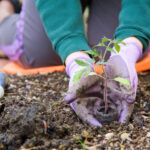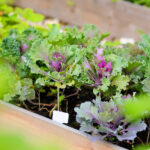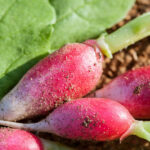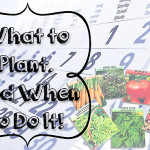Summer is in full swing, and you might think that you’ve missed the boat on starting a vegetable garden this year. However, don’t despair! July presents a fantastic opportunity to embrace your green thumb and create a flourishing vegetable garden that will yield a bountiful harvest before the season ends. With a bit of planning, some thoughtful selection of vegetables, and proper care, you can still enjoy the joy of growing your own fresh produce. So, let’s dive into this late bloomer’s guide to planting a July vegetable garden.
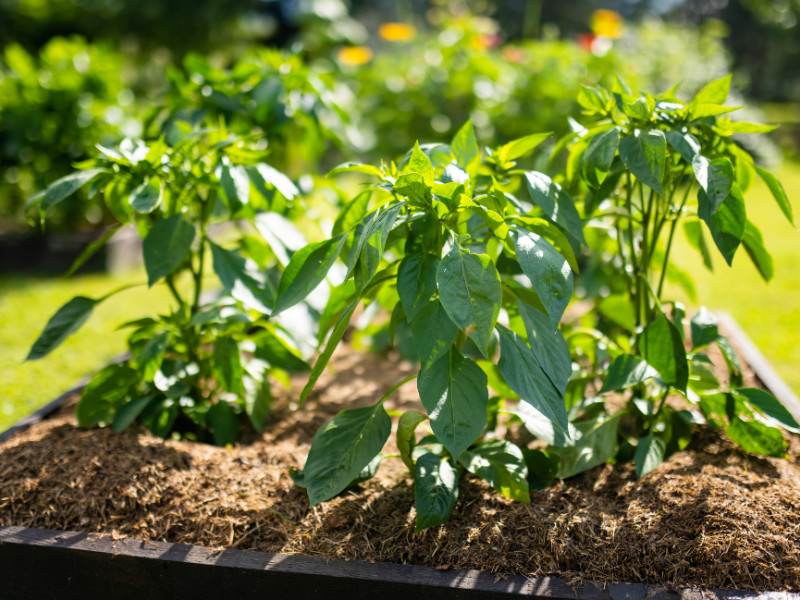
Assess Your Garden Space
Before diving into the world of gardening, take a good look at your available space. Evaluate factors like sunlight exposure, soil quality, and drainage. Most vegetables require at least six hours of direct sunlight each day, so select a sunny spot in your garden that receives ample sunlight. Consider raised beds or container gardening if you have limited space or poor soil conditions.
How to Maximize Your Vegetable Garden Space – 10 Tips
Which Gardening Method is Best?
15 Clever Gardening Tips to Use
Choose The Right Vegetables
When planting a vegetable garden in July, it’s crucial to select vegetables that have shorter maturity periods and can thrive in the heat of summer. Opt for varieties that are specifically bred for late planting or quick growth. Some excellent choices for July planting include bush beans, cucumbers, summer squash, zucchini, tomatoes, peppers, herbs like basil and cilantro, and leafy greens such as lettuce, spinach, and arugula.
What to Plant in July
Organic Non-GMO Seeds
Frugal DIY Seed Starter Pots Free and Cheap
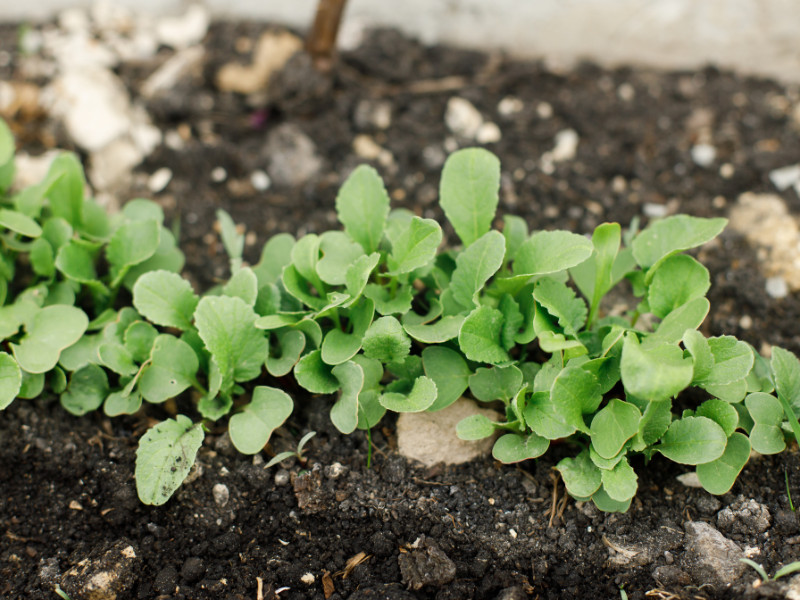
Prepare Your Soil
Healthy soil is the foundation for a thriving garden. Before planting, prepare the soil by removing weeds, rocks, and debris. Loosen the soil and incorporate organic matter like compost or well-rotted manure to improve its fertility and moisture-retaining capacity. This will provide a nutrient-rich environment for your plants to grow.
Awesome Soil Amendments for Your Organic Vegetable Garden
The Best DIY Soil Mix Recipe
Wood Ash as a Good Soil Amendment
Planting Techniques
Follow the specific planting instructions for each vegetable, as different plants have different spacing and planting requirements. Make sure to read the seed packets or plant labels to understand the proper depth and spacing for each crop. Generally, plant seeds slightly deeper than recommended during the hot summer months to ensure better moisture retention. For transplants, dig a hole slightly larger than the root ball, gently remove the plant from its container, and place it in the hole. Firmly press the soil around the base of the plant to eliminate air pockets.
Planning Your Summer Garden
How to Use Seeds and Transplants in the Vegetable Garden
Growing Summer Squash Everything You Need to Know
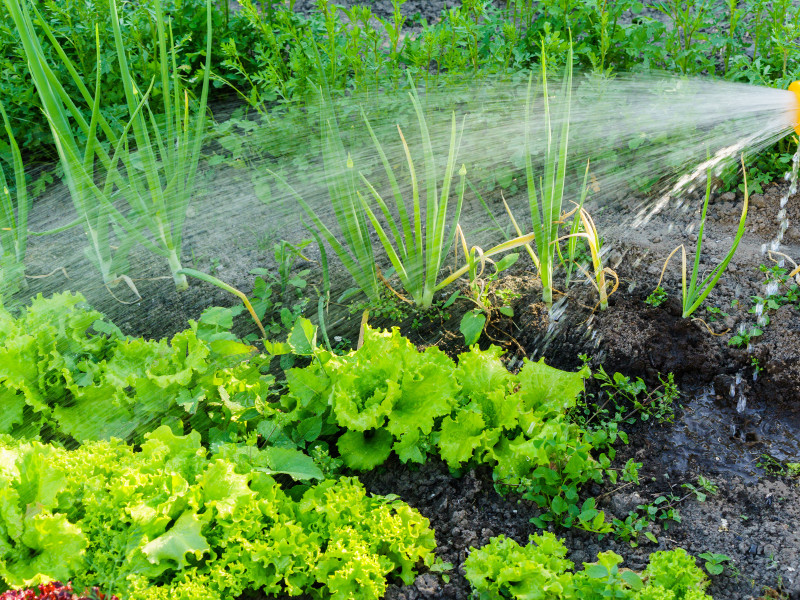
Watering and Maintenance
Water is vital for the success of your summer garden. Be sure to water your plants deeply, preferably in the morning, to allow the leaves to dry before the evening. This helps prevent diseases caused by excess moisture. Apply mulch around your plants to retain moisture, suppress weed growth, and regulate soil temperature. Regularly monitor your garden for pests and diseases and take prompt action if any issues arise. Consider using organic pest control methods to protect your plants without harsh chemicals.
How to Garden During a Drought
9 Ways to Conserve Water in Your Vegetable Garden
Good Bugs for Vegetable Gardens
Extend the Season
To maximize your harvest and extend the growing season, consider using shade cloths or row covers to provide some protection from intense heat. These can also safeguard your plants from pests like insects and birds. Additionally, you can explore the concept of succession planting, where you sow small batches of seeds every few weeks to ensure a continuous supply of fresh produce.
July Vegetable Gardens
While spring is often regarded as the ideal time for starting a vegetable garden, don’t let the calendar hold you back from planting in July. With careful planning, appropriate vegetable selection, and dedicated care, you can still enjoy a fruitful harvest before summer’s end.
Planting a vegetable garden in July allows you to savor the joy of growing your own food, connect with nature, and relish the taste of homegrown vegetables. So, roll up your sleeves, grab your gardening tools, and let your garden thrive even in the heart of summer.
More for Your Summer Garden
How to Grow Cucumbers
How to Grow Okra in Your Backyard
Growing Citrus in Pots
Tips on Growing Giant Sunflowers

